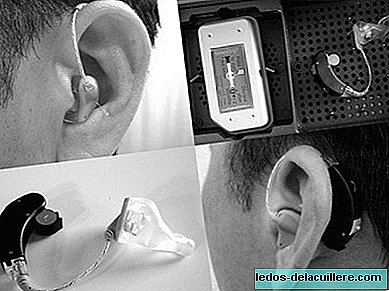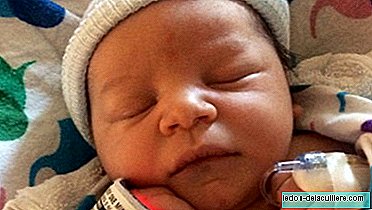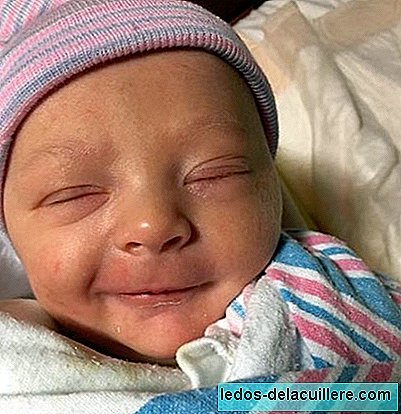
Thanks to the great and important advances in current medicine, it is possible to detect early any type of hearing impairment in childhood. Similarly, and as a consequence of the different degrees of hearing loss that may occur, there are different types of hearing aids with certain characteristics.
These hearing aids, also known as hearing aids, will vary depending on each individual person, in order to better adapt to them and achieve maximum benefit when performing a specific auditory rehabilitation.
Thus, a hearing aid could benefit the child in those cases of hearing impairment where the treatment could not be medical or surgical, such as transmission hearing loss and the vast majority of sensorineural hearing loss.
Characteristics of hearing aids
Hearing aids have undergone a tremendous evolution over time, since they have gone from the first analog headphones to the digital hearing aid, going through the programmable analog hearing aid by digital programmer.
Every hearing aid has certain electrical and acoustic characteristics (hearing gain, consumption and battery life, audio input device ...), as well as a series of adjustments in order to achieve the best possible optimal result.
The digital hearing aid, the most current and modern, works as follows: it picks up the acoustic signal through the microphone and converts it into an electrical signal. Then, the different frequencies are filtered (letting the speech frequencies pass) and converts it into a digital signal.
This digital signal is processed in the central unit of the hearing aid and it is in the earpiece or in the vibrator where this signal is finally converted into sound or vibration respectively.
We must also take into account a number of factors that will guide us when deciding on one type or another of prosthetic adaptation. These parameters are:
- Age: a hearing loss in childhood is critical and rehabilitation is necessary as quickly as possible. We must not forget that in the early stages it is when the language is acquired, being very important to provide the hearing impaired child with a correct amplification of the sounds he receives from the environment (especially speech sounds).
- Type of hearing loss : Current tests to diagnose hearing impairments allow prostheses to be adapted during the first six months of life. In this way we can find out if the loss affects one or both ears, as well as which part of the ear is affected.
- Degree of hearing loss: This parameter will also determine when a prosthetic adaptation should be performed.
Types of hearing aids
There are a variety of hearing aids, and it is necessary to assess them all to find the one that can give the greatest benefit to our child with some type of hearing impairment, and thus be able to take advantage of it as much as possible. Among the most prominent hearing aids we find:
- Headset headphones: They are the best known and traditional. They are placed behind the ear and adapt to avoid acoustic coupling (that is, prevent the sound from being picked up by the microphone to be amplified again). This type of hearing aid is the most suitable for severe and deep losses. Perhaps, the biggest drawback is its aesthetic appearance, which can be rejected in some cases, especially in young children. For children, some adaptations are made, such as making soft silicone molds, in order to eliminate shock injuries, improve adaptation and help prevent acoustic coupling better.
- In-ear headphones: are the headphones whose size and manufacture is usually customized, since they go inside the outer ear. The drawback is that it does not have the power and amplification characteristics necessary to cover serious losses. We can also find the hearing aids that go into the ear canal, being much more aesthetic and with greater performance, although they are not advisable for serious losses.
- Hearing glasses: used when it is necessary to coordinate visual correction with acoustics In addition, hearing aids are currently adapted in the format of hearing glasses also when there is a very significant hearing problem between both ears. Another type of adaptation is the hearing aid by bone, which is used for cases in which you can not put a adapter mold
There are also other types of hearing aids which, depending on the purpose they pursue, will help the child with severe or profound hearing impairment in the school environment.
In these cases, as the distance between the teacher and the student with hearing problems increases, the intensity of message reception decreases. To this we must add the background noise caused by the murmur and conversations of classmates. To alleviate this problem, frequency modulated (FM) systems are used as it helps class integration.
These systems consist of a microphone, which the teacher has, with a certain frequency received by the transmitter that the student has, receiving the message through his hearing aids much clearer.
You see that there are several types of hearing aids with a number of features, but we still need a last one a little more special for those cases that are more severe: the cochlear implant.












